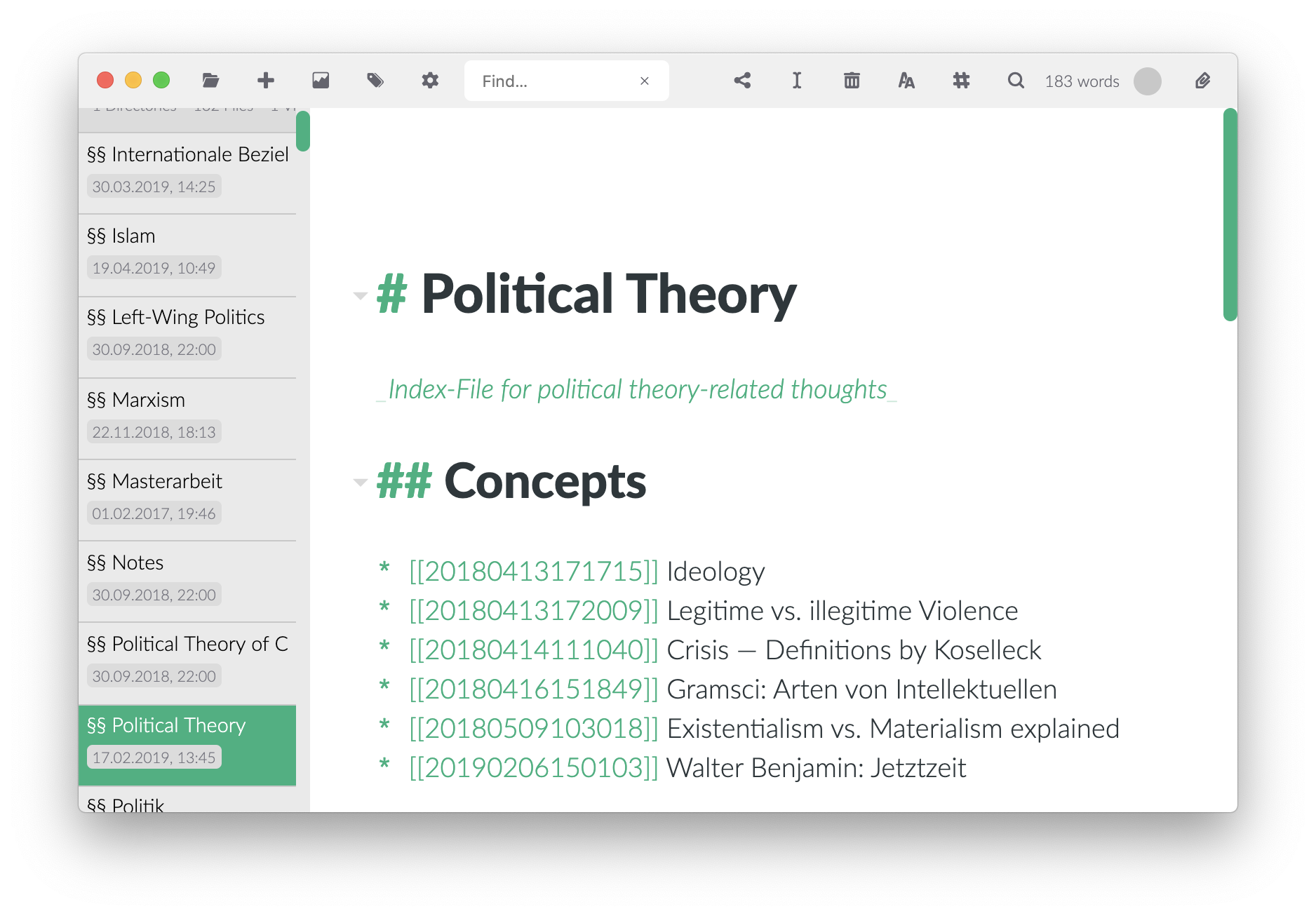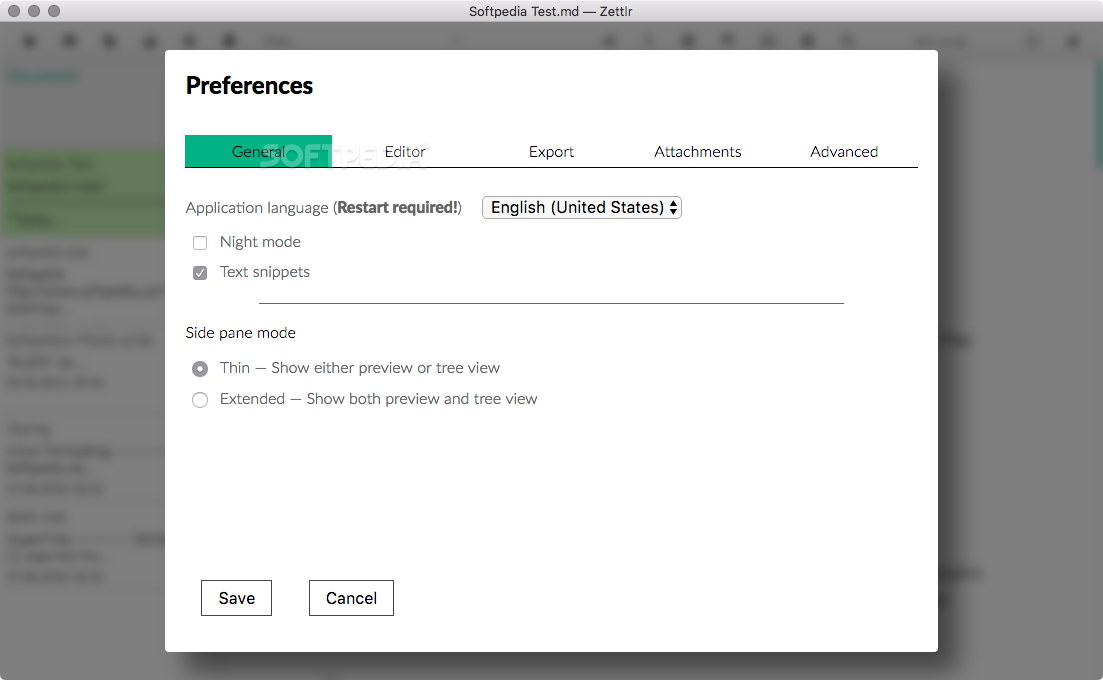

Bundles many nice-to-have and important tools for writing (a Pomodoro timer, writing statistics, writing targets, a table editor, footnote support, reference lists, backlinks, Zettelkasten functionality, outlines, …).Strikes a balance between comfort and clarity with regard to display.Works with all the programs you probably already use for different use-cases (Zotero and JabRef, Word, RStudio, Python).Specific focus on academics and heavy text-editing (authors, writers, students, etc.).
#Zettlr insert image archive
Alternatives: The Archive (not Open Source, macOS, Windows), Obsidian (not Open Source, cross-platform), HackMD (not Open Source, online), VS Code (cross-platform), Atom (cross-platform), and many, many, many more.Supported Platforms: macOS/Windows/Linux.So this article will be structured quite differently than the others. But then, to complicate matters, it’s a tool I develop myself. For starters, Zettlr sits at the heart of my whole workflow: Everything I read goes in there eventually, and everything I write (including these articles) emanates from it. I have waited several posts to introduce the core building block of my workflow – not because I have no sense of priorities, but rather because it’s special in several respects.


So read on to see why I think Markdown, and not Word Processors, will mark the future of academic writing! But all of you who don’t know me will also find today’s part of my How I work-series interesting: Because it’s all about leaving your comfort zone of Word and entering a world that is still in flux, but nevertheless more powerful than anything before it. Some of you who are following me mainly via the project’s official Twitter account might have waited for this piece on Zettlr.


 0 kommentar(er)
0 kommentar(er)
